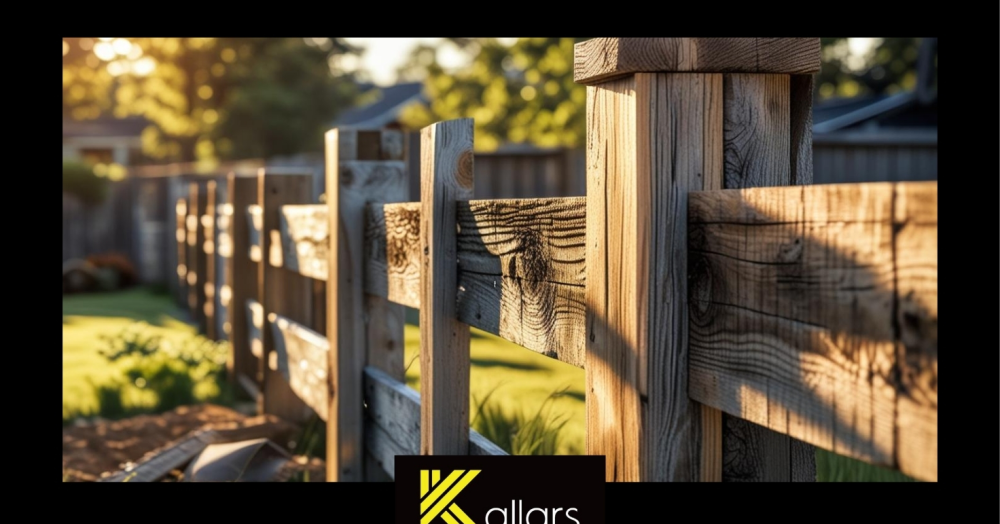Despite how often it occurs, I’m still surprised by how this key strategic decision is overlooked...
One Site, Two Strategies: Are You Leaving Value on the Table? You’ve secured planning consent. The donor property stays. It’s a scenario we see time and again—and on the surface, it seems straightforward. But beneath that simplicity lies a strategic fork in the road that many landowners overlook.
👉 Should they sell the entire site in one transaction—for speed and simplicity?
👉 Or should they split the titles, separating the approved land from the existing house, to potentially maximise value?
💡 The Case for Selling the Whole Site
Selling the site as a single lot can be appealing. It’s quicker, avoids the complexities of subdivision, and reduces holding risk. Developers also benefit from acquiring everything in one go, which may streamline their process.
But simplicity often comes at a cost. By bundling the donor property and the consented land, sellers may miss the opportunity to target more specialised buyers—those who value each component differently.
🔍 Why Splitting Titles Can Unlock Greater Value
When a site already has planning consent, title separation becomes a powerful tool. Here’s why:
The donor dwelling may attract strong interest from a completely different buyer profile—such as families or investors—who aren’t focused on development.
The consented land can then be marketed to developers, who can appraise it on its own merits without having to factor in complications like stamp duty or resale of the existing structure.
By disaggregating the asset, vendors can appeal to distinct buyer segments—and often drive higher combined value.
⚖️ Consider the Trade-Offs
Splitting a consented site isn’t without its challenges:
Boundary adjustments and legal work still take time—even if the planning risk is removed.
Carrying costs can accumulate during the separation process.
Market conditions may shift while the split is being executed.
But for owners willing to navigate that process, the upside can be substantial.
📊 In My Experience…
The numbers often favour splitting the site. Once consent is in place, separating the land allows developers to pay more—without the added burden of the additional stamp duty, financing or disposing of the donor property.
And more often than not, the existing dwelling appeals to a completely different segment—typically residential buyers seeking a standalone family home.
💬 What’s Your Take?
Have you faced this decision with a consented site? Did you choose to split—or sell as one? What informed your strategy, and what did the outcome look like?

